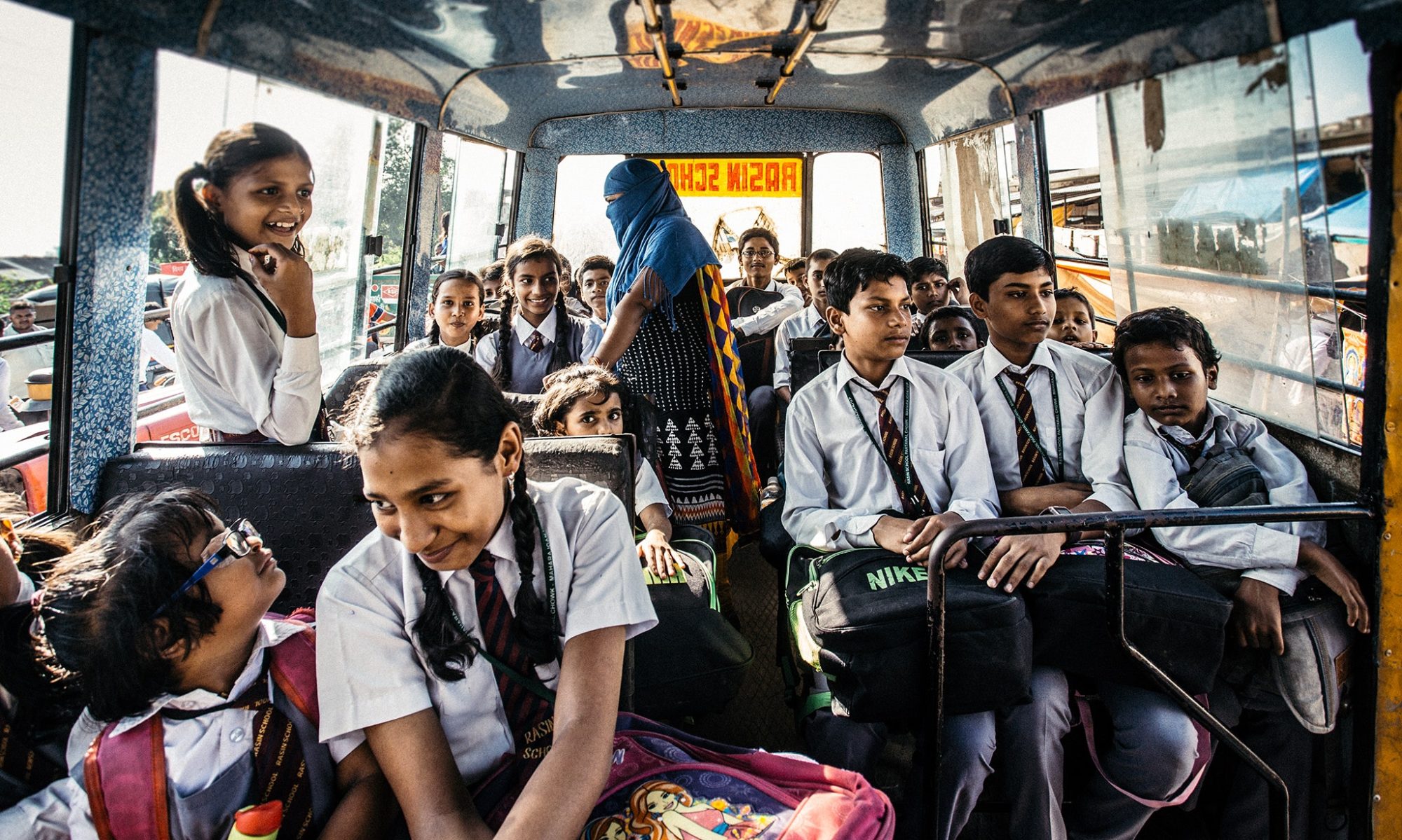Before India’s independence, the literacy rates were low. Literacy rates refer to the percent of the population aged fifteen and older who can read and write. After gaining independence, however, India’s literacy rates have steadily increased.
Despite the growth in Indian literacy rates, it is not enough. When compared to other countries the literacy rates of India are still low. India’s literacy rates are not on par with other BRIC economies and are more comparable to countries in sub-Saharan Africa.

Allocating more of the country’s GDP towards education may prove to be helpful. Increased funds will result in better resources for students. But in that same vein, there needs to be transparency as to how and where those funds are allocated. Given that corruption is prevalent in India, to gain the trust of citizens, the government should explain how funds are being funneled to different aspects of education quality.
As India continues to grow economically, it should focus on continued investing in education. Not only will this ensure sustained economic growth, but it will also have other social benefits including increased democratic participation. In other words, education can help India make the leap from an emerging economy to a developed nation.
Analysis done by India School Access using the following sources: Department of Secondary and Higher Education, MHRD, UNESCO, Fasih et. al. 2012, and United Nations.

